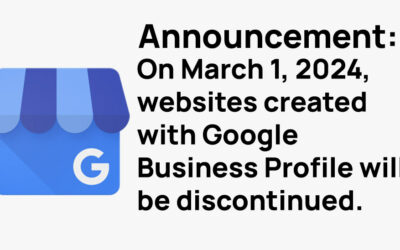Table of Contents
Understanding the Basics of Outbound and Inbound Marketing
Let’s begin with a straightforward analogy. Imagine you’re at a bustling market. There are two fruit sellers. The first one is constantly shouting about his fruits, trying to grab the attention of every passerby. That’s Outbound Marketing. The second seller, however, has set up an inviting stall with free samples and information about the benefits of his fruits. He waits for interested buyers to approach him. That’s Inbound Marketing.
The Outbound Marketing Approach
Traditional or Outbound Marketing is like casting a vast net into the sea, hoping to catch as many fish as possible. It relies on pushing your message out to a broad audience, regardless of whether they’re interested. Think TV commercials, radio spots, print advertisements, and cold calls. While this approach can work, it’s often less efficient for small businesses. Why? Because you end up spending a lot of resources trying to reach people, many of whom may not be interested in your product or service.
Imagine spending money on a billboard advertisement. While thousands might see it, only a handful might need your product. This means a significant chunk of your advertising budget is wasted on individuals who were never potential customers to begin with.
In Comes Inbound Marketing
Contrastingly, Inbound Marketing is about drawing interested customers to you. It’s like setting up a magnet in that busy market, attracting only those who are genuinely interested in what you have to offer. This method focuses on creating valuable content, optimizing for search engines, and engaging on social media platforms. The idea is to be there when potential customers are looking for solutions that your business provides.
The beauty of Inbound Marketing lies in its efficiency. You’re not wasting resources trying to get the attention of everyone. Instead, you’re focusing on those already interested or in need of your products or services.
For instance, let’s explore a scenario involving a roofing company. In an Inbound Marketing strategy, the company might set up a blog that offers advice on roof maintenance, the types of materials best suited for different climates, or how-to guides on simple roof repairs. When homeowners search for this information, they find the roofing company’s content. They begin to trust the brand, seeing it as an authority in the field. So, when they eventually need a new roof or a repair job, guess who they’re likely to call? The company provided them with valuable, free information.
This approach ensures that marketing efforts aren’t spent in vain. By the time a lead reaches out to the business, they’re already interested, making the conversion process smoother and more efficient.
Harnessing the Power of Analytics
In today’s digital age, another edge that Inbound Marketing holds is its adaptability. With various tools available, businesses can track where their traffic is coming from, which content is most popular, and what strategies are yielding the best results. This data-driven approach allows for continuous improvement, ensuring that efforts are always directed where they matter most.
Outbound marketing, with its broader reach, often lacks this precision. It’s challenging to determine how many people saw a billboard and then decided to purchase, or how many listeners of a radio ad turned into customers. With Inbound Marketing, you’re not shooting in the dark. Every move is calculated, analyzed, and optimized.
In Conclusion
While both Inbound and Outbound Marketing have their merits, for small businesses in today’s digital era, Inbound Marketing often proves more beneficial. It ensures that you’re not spreading your resources too thin, and instead, focusing on drawing in those genuinely interested in your offerings.
Small business owners, especially those who may not be tech-savvy, need not be overwhelmed. The digital realm has a plethora of tools and professionals who can help set up an effective Inbound Marketing strategy. Remember, in the world of business, it’s not always about shouting the loudest but about making genuine connections with your customers. Inbound Marketing facilitates just that, creating a pathway for sustainable growth and success.




